In SILo + Platform b
(Un)limited Artistic Resource Survey
Independent research initiative investigates the conditions of work and life of (non)migrant artists and the outcomes of this research give much food for thought
At the beginning of 2023, AIR InSILo invited artists to participate in a survey to contextualize the open call 2023/24 "(Un)limited Artistic Resource" concerning artists' wages and working conditions. The Global COVID-19 pandemic, a full-scale war on the territory of Europe, and a devastating natural disaster in Syria and Turkey were just a few examples that significantly exacerbated the life and work insecurity of people in general and artists/cultural workers in particular during the last years. Despite focusing primarily on the residency program target audience, the survey results can serve as a useful basis for a more in-depth and expanded quantitative and qualitative analysis.
PlatformB features the abridged text of the conducted research hoping to draw a wider attention to the problems it has revealed.
PlatformB features the abridged text of the conducted research hoping to draw a wider attention to the problems it has revealed.
Audience specifics
Most respondents are women (67.4%), less than 1/3 are men (26.5%) and a small percentage comprises gender-diverse respondents (6.1%). The number of gender-diverse artists is not sufficient to make a separate group, so we decided to merge women and gender-diverse in one group.
The majority of the respondents are middle-aged people, from 24 to 45 years old (82.3%). The percentage of artists under 23 years old is 3.9%, and 46+ is 13.8%.
73.5% - The proportion of women and gender-diverse people out of the total number of those working in the arts.
Most artists were born in the countries of Western Europe and the EU (35.9%) and Eastern European countries outside the EU (30.4%). Then come Latin America and Mesoamerica (10.5%), Africa and the Middle East (10.5%), Asia-Pacific (7.2%), and North America (5.5%). We can say that more than half of the respondents were born in European territory.
Most artists currently live in the countries of Western Europe and the EU (68%), the rest are based in Eastern European countries outside the EU (9.9%), in Latin America and Mesoamerica (10.5%), in Africa and the Middle East (8.3%), in Asia-Pacific (5%) and North America (2.8%).
The majority of the respondents are middle-aged people, from 24 to 45 years old (82.3%). The percentage of artists under 23 years old is 3.9%, and 46+ is 13.8%.
73.5% - The proportion of women and gender-diverse people out of the total number of those working in the arts.
Most artists were born in the countries of Western Europe and the EU (35.9%) and Eastern European countries outside the EU (30.4%). Then come Latin America and Mesoamerica (10.5%), Africa and the Middle East (10.5%), Asia-Pacific (7.2%), and North America (5.5%). We can say that more than half of the respondents were born in European territory.
Most artists currently live in the countries of Western Europe and the EU (68%), the rest are based in Eastern European countries outside the EU (9.9%), in Latin America and Mesoamerica (10.5%), in Africa and the Middle East (8.3%), in Asia-Pacific (5%) and North America (2.8%).
The link to the survey was distributed on thematic public pages for artists on Facebook and Instagram, as well as when applying for the AIR InSILo residency. It is important to mention that participation in the study was not a precondition of applying for the residency; participants took part in the survey voluntarily. Information about the new residency round was distributed on such Internet resources as freietheater.at, away.co.at, fullyfunded-residencies, transartists.org, on-the-move.org, and numerous Facebook public groups regarding artists' calls.
About 1/3 of the artists learned about the survey through specialized websites, and about 1/3 – through Facebook and Instagram. The rest had applied for residency before, received newsletters, learned from friends or acquaintances, etc. The profile of the communication channels shows that the respondents are associated with art professionally and perceive or want to perceive it as a means of earning money.
We are aware that this study does not position itself as purely scientific and does not use formulas for calculating statistical error. The research figures may not be accurate or final; we consider them as very rough and approximate indicators, but still, they can point to exciting correlations and trends in earnings by artistic practice.
Forced displacement and refugeedom affected approximately 1/3 of respondents. During the last few years, the displacement concerned the artists from Ukraine (42%), Russia (26%), Austria, Turkey, Belarus, (4%), Namibia, Brazil, and Serbia (2%). Recent displacement (less than five years ago) happened to 27.6% of artists, and displacement more than five years ago occurred to 5.5%.
Only a little more than a quarter of respondents received some assistance (material or non-material, sometimes equal to several hundred Euros) in a situation of forced displacement and refugeedom. 66.9% didn't experience any forced displacement.
62% of respondents did not receive any help during COVID-19. Of those who received assistance, 38%, the average total payout was 5 661.70 EUR. Only 0.6% received a maximum sum of 20 000 EUR.
Almost half of the respondents experienced migration due to economic conditions. But comparing the earnings of migrants and non-migrants, we clearly see a big difference in earnings. Respondents with migration experience receive an average of 3 051 EUR per year for artistic activities. Respondents without migration experience receive an average of 4 979 EUR per year for artistic practice, which is 63% more than for people with migration experience.
Only a little more than a quarter of respondents received some assistance (material or non-material, sometimes equal to several hundred Euros) in a situation of forced displacement and refugeedom. 66.9% didn't experience any forced displacement.
62% of respondents did not receive any help during COVID-19. Of those who received assistance, 38%, the average total payout was 5 661.70 EUR. Only 0.6% received a maximum sum of 20 000 EUR.
Almost half of the respondents experienced migration due to economic conditions. But comparing the earnings of migrants and non-migrants, we clearly see a big difference in earnings. Respondents with migration experience receive an average of 3 051 EUR per year for artistic activities. Respondents without migration experience receive an average of 4 979 EUR per year for artistic practice, which is 63% more than for people with migration experience.
Education and Career
The vast majority, 77.9%, of respondents have been involved in art for over four years, and emerging artists (students or artists at the beginning of their careers) make up 22.1%.
34.8% of respondents do not have a degree in higher art education.
Of those who have an art education, 21% of respondents have a BFA degree; 44.2% have an MFA degree. More than half of the respondents paid for their art education. At the same time, 60.8% of respondents have a degree in another discipline/non-art higher education.
34.8% of respondents do not have a degree in higher art education.
Of those who have an art education, 21% of respondents have a BFA degree; 44.2% have an MFA degree. More than half of the respondents paid for their art education. At the same time, 60.8% of respondents have a degree in another discipline/non-art higher education.
Thus, more than half of the respondents have both artistic and non-artistic higher education. The percentage of respondents without any higher education is only 10.4%.
Most respondents received art education in the countries of Central and Western Europe and/or the EU (51.9%). 22.1% studied art in Eastern European countries outside the EU, 6.6% studied in Africa and the Middle East, 5.5% - in Asia-Pacific, 5.5% - in Latin America and Mesoamerica, and 5% - in North America.
Parents' Education and Wealth
The percentage of artists whose both parents have higher education is 32.6%, and who have one parent with higher education is 25.4%. Respondents whose parents do not have higher education comprise 42%. The difference in income between respondents whose parents do not have higher education (3 777 EUR) and respondents from families where at least one parent has higher education (4 522 EUR) is 19.7%
19.7% - The difference in earnings from art among respondents whose parents do not have a higher education and from families where at least one parent has a higher education. Only 9.9% of respondents classify their family as rich or prosperous.
15.7% - The difference in earnings from art among respondents from poor or low-income families and from average-income or wealthy families.
19.7% - The difference in earnings from art among respondents whose parents do not have a higher education and from families where at least one parent has a higher education. Only 9.9% of respondents classify their family as rich or prosperous.
15.7% - The difference in earnings from art among respondents from poor or low-income families and from average-income or wealthy families.
Earnings
Around 1/3 (27.1%) of the respondents receive less than 5 000 EUR as total comprehensive income for the year from both artistic and non-artistic activities. Another third (30.9%) receive less than 10 000 EUR, 13.3% receive less than 15 000 EUR per year, 12.2% - less than 20 000 EUR, and only 3.9% of artists earn more than 20 000 EUR. The total cumulative average income of the artist from both artistic and non-artistic activities is 10 814 EUR per year.
The percentage of artists who do not earn by making art is 16.6%. Majority (56.3%) earn less than 5 000 EUR per year. 19.3% earn less than 10 000 EUR, 3.9% earn less than 15 000 EUR, and 3.9% earn less than 20 000 EUR by making art. The total income from art alone is 4 210 EUR.
Almost 1/3 of artists do not earn enough money and live off help (from family or partners). Income from art can provide financial independence for less than 1/3 of respondents.
The percentage of artists who do not earn by making art is 16.6%. Majority (56.3%) earn less than 5 000 EUR per year. 19.3% earn less than 10 000 EUR, 3.9% earn less than 15 000 EUR, and 3.9% earn less than 20 000 EUR by making art. The total income from art alone is 4 210 EUR.
Almost 1/3 of artists do not earn enough money and live off help (from family or partners). Income from art can provide financial independence for less than 1/3 of respondents.
The income gap between male and female and gender-diverse artists doesn't show a significant difference.
Around 1/3 of male artists do not earn enough and live on additional help (family or partners). Income from art can provide financial independence for less than 1/3 of male respondents.
Around 1/3 of male artists do not earn enough and live on additional help (family or partners). Income from art can provide financial independence for less than 1/3 of male respondents.
The artist's total cumulative average income per year is 11 197 EUR.
Total income from art alone is 4 543.75 EUR.
Around 1/3 of women and gender-diverse artists do not earn enough and live on additional help (family or partners).
Total income from art alone is 4 543.75 EUR.
Around 1/3 of women and gender-diverse artists do not earn enough and live on additional help (family or partners).
Income from art can provide financial independence for only 1/4 of female and gender-diverse respondents.
The total cumulative average income per year for this group is 11 051 EUR. Total income from art alone is 4 089.47 EUR.
11.1% - The difference in earnings from art among male vs female and gender-diverse respondents.
The total cumulative average income per year for this group is 11 051 EUR. Total income from art alone is 4 089.47 EUR.
11.1% - The difference in earnings from art among male vs female and gender-diverse respondents.
In the EU, income from art cannot provide financial independence for half of the respondents. The total cumulative average income of the artist per year is 11 354.60 EUR. Total income from art alone is 4 790 EUR.
Male artists living in the EU and Central and Western European countries earn the total cumulative average income per year of 13 136.60 EUR. The total average income from art alone is 5 210 EUR.
Slightly less than 1/3 of male artists do not earn money and live off help (from family or partners). Income from art can provide financial independence for less than one-third of respondents.
Female and gender-diverse artists living in the European Union and Central and Western Europe earn 11 935.40 EUR as total cumulative average income per year. This is 10% less than men's. The total average income from art alone is 4 949.40 EUR. This is 5% less than men's.
Male artists living in the EU and Central and Western European countries earn the total cumulative average income per year of 13 136.60 EUR. The total average income from art alone is 5 210 EUR.
Slightly less than 1/3 of male artists do not earn money and live off help (from family or partners). Income from art can provide financial independence for less than one-third of respondents.
Female and gender-diverse artists living in the European Union and Central and Western Europe earn 11 935.40 EUR as total cumulative average income per year. This is 10% less than men's. The total average income from art alone is 4 949.40 EUR. This is 5% less than men's.
1/4 of the respondents do not make money from art at all. And a little more than a quarter of respondents earn money from art for a long time (7 years or more). Only 1/3 of respondents make money from art alone. And only 5% of respondents earn money from art for a long time (7 years or more).
189% - This is the difference in earnings through art between male respondents from middle-class to wealthy families who have at least one parent with higher education and who have no experience of economic migration (6 121 EUR) and female and gender-diverse respondents from low-income families whose parents do not have higher education and have experience of economic migration (2 115 EUR).
189% - This is the difference in earnings through art between male respondents from middle-class to wealthy families who have at least one parent with higher education and who have no experience of economic migration (6 121 EUR) and female and gender-diverse respondents from low-income families whose parents do not have higher education and have experience of economic migration (2 115 EUR).
Working Conditions
38% of respondents have their own studio. Among them, more than 2/3 have studios ranging from 10 to 25 m2. And 2/3 have heating in the studio.
84% of respondents invest in the art production beforehand without receiving any prior support, an exhibition offer or a commission. 55% are constantly investing in new tools and latest equipment.
Less than 1/5 have dependent family members.
84% of respondents invest in the art production beforehand without receiving any prior support, an exhibition offer or a commission. 55% are constantly investing in new tools and latest equipment.
Less than 1/5 have dependent family members.
Entry Fees
On average, an artist pays around 79 EUR for entry fees per year. In Europe, it is 89 EUR per year.
On average, in Europe a male artist pays around 75.70 EUR for entry fees per year. Female and gender-diverse artists pay, on average, 93.30 EUR.
The difference is 23%.
On average, in Europe a non-migrant pays around 71.70 EUR for entry fees per year. Migrants pay 107.30 EUR for entry fees per year. The difference is 50%.
In Europe, to enter one exhibition costs 12.90 EUR for a male artist, 23.30 EUR for a female and diverse artist, 17.40 EUR for a non-migrant artist, and 22.30 EUR for a migrant artist.
49.6% - the difference between average entry fees paid by a non-migrant and a migrant for open calls.
On average, in Europe a male artist pays around 75.70 EUR for entry fees per year. Female and gender-diverse artists pay, on average, 93.30 EUR.
The difference is 23%.
On average, in Europe a non-migrant pays around 71.70 EUR for entry fees per year. Migrants pay 107.30 EUR for entry fees per year. The difference is 50%.
In Europe, to enter one exhibition costs 12.90 EUR for a male artist, 23.30 EUR for a female and diverse artist, 17.40 EUR for a non-migrant artist, and 22.30 EUR for a migrant artist.
49.6% - the difference between average entry fees paid by a non-migrant and a migrant for open calls.
Time on Application Writing
A male artist spends 13.2 hours writing one application in Western Europe and the EU. A female and a gender-diverse artist spend 14.1 hours writing one application.
The number of unpaid work hours per application (in Western Europe and the EU) is 290.4 hours for males and 366 hours for female and gender-diverse artists.
Female and gender-diverse artists spend 26.2% more time writing applications than male artists.
A non-migrant spends 15.4 hours writing one application. A migrant spends 12.4 hours writing one application.
Considering the number of applications per year, the number of unpaid work hours per application (in Western Europe and the EU) is 298.7 hours for migrants and 243 hours for non-migrants. A migrant artists spend 18.4% more time writing applications than a non-migrant artist.
The number of unpaid work hours per application (in Western Europe and the EU) is 290.4 hours for males and 366 hours for female and gender-diverse artists.
Female and gender-diverse artists spend 26.2% more time writing applications than male artists.
A non-migrant spends 15.4 hours writing one application. A migrant spends 12.4 hours writing one application.
Considering the number of applications per year, the number of unpaid work hours per application (in Western Europe and the EU) is 298.7 hours for migrants and 243 hours for non-migrants. A migrant artists spend 18.4% more time writing applications than a non-migrant artist.
Ethical Aspects
Taxpayers' money (from countries with democratic regimes) is ethically acceptable for 77% of male artists vs for 76.6% of female and gender-diverse artists. Crowdfunding is ethically acceptable for 77% vs 72.9%. Anonymous patrons – 62.5% vs 65.4%. Banking institutions – 29.1% vs 45.1%. Lottery funds – 35.4% vs 42.1%. Pharmaceutical companies – 25% vs 15.7%. Alcohol companies – 22.9% vs 15.7%. Church support is ethically acceptable for 14.5% vs 17.2%. Oligarch money – 12.5% vs 18%. Tobacco companies – 14.5% vs 12%. Taxpayers’ money (from countries with authoritarian regimes) – 10.4% vs 7.5%. Taxpayers’ money (from countries with dictatorship regimes) – 10.4% vs 5.2%. Money from fossil extractivists – 10.4% vs 3%. Weapon industry – 6.25% vs 2.2%.
91.7% of male artists and 97% of female and gender-diverse artists agreed with the statement that one's ethical standards influence the way art is produced. Knowing the carbon footprint of artistic production is less important for male artists, 79%, and more important for female and gender-diverse artists, 87%. 56% of male artists and 47% of female and diverse artists agreed to a 12-hour flight to give an artist talk.
Given the opportunity, 87.5% of male artists and 86.5% of female and gender-diverse artists would like to produce works of greater volume and scale.
Approximately an equal number of respondents agreed with the statement that the ethical production of work is more crucial than its impact on the audience: 79.2% of male artists and 78.9% of female and gender-diverse artists.
79.6% of respondents are in favour of the taxation of expensive art objects, and only 61.9% of respondents are in favour of the taxation of their work.
91.7% of male artists and 97% of female and gender-diverse artists agreed with the statement that one's ethical standards influence the way art is produced. Knowing the carbon footprint of artistic production is less important for male artists, 79%, and more important for female and gender-diverse artists, 87%. 56% of male artists and 47% of female and diverse artists agreed to a 12-hour flight to give an artist talk.
Given the opportunity, 87.5% of male artists and 86.5% of female and gender-diverse artists would like to produce works of greater volume and scale.
Approximately an equal number of respondents agreed with the statement that the ethical production of work is more crucial than its impact on the audience: 79.2% of male artists and 78.9% of female and gender-diverse artists.
79.6% of respondents are in favour of the taxation of expensive art objects, and only 61.9% of respondents are in favour of the taxation of their work.
Conclusion
In conclusion, we would like to stress the most invisible but crucial elements that wave the fabric of the everyday struggle of artistic production. Our figures clearly demonstrate that most of our respondents - artists who are actively involved in artistic production - are young and middle-aged women, likely with a migration background but mainly living on the territory of EU countries. The majority of the artists have higher education (only 10.4% of respondents are without higher education, art or any other). Still, only a tiny part can sustain living without the help of partners or family. A tiny percentage of respondents can afford to have their own families; this observation still fuels a stereotype that women need to choose between children and art careers (highly likely, eventually, they have neither).
The most significant insight of this research is the total average income from art alone: 4 210 EUR. With additional and non-art-related jobs, the total cumulative average income of the artist per year constitutes 10 814 EUR. It is essential to mention that the demands of the Austrian State for a freelance artist visa are around 20 000 EUR of annual income. Only 3.9% of our respondents can match this criterion.
At first glance, the income gap between male and female (and gender-diverse) artists is not significant – just 11%. But if we start to analyze the number of applications sent and the coefficient of their efficiency, it will turn out that male artists are represented five times better. Hence, to achieve the same results, female (and gender-diverse) artists have to work five times more. We calculated that this group already spends, on average, one hour per day of unpaid work sending applications.
Another critical aspect of the intersectional analysis is the background of families, where the factor of parents' education is more crucial than the artists' subjective comprehension of family wealth. The difference in income between respondents whose parents do not have higher education (3 777 EUR) and respondents from families where at least one parent has higher education (4 522 EUR) is 19.7%. The difference in the income of respondents from poor or low-income families, 3 961 EUR, to the income of respondents from average or wealthy families, 4 586 EUR, is 15.7%.
Last but not least remark is the migration factor. The number of people who experience economically induced migration is almost half (40.9%), but their earnings are 63% less than those without any migration experience. So even if the decision to change the place of living in order to improve one's own financial condition doesn't directly lead to the desired result, the inequality is tremendous. Only this observation has to break the dangerous anti-migrant populist narrative. As well as reconsider the identification of artists by the countries of their birth or residencies.
©In SILo Mag, 2024
Illustrations: Maria Safronova Wahlström
Text: Ksenia Yurkova
Editing: Martin Breindl
The research was originally publised at In SILo Mag (full version avaliable here)
Design and editing for PlatformB: Olga Bubich
The most significant insight of this research is the total average income from art alone: 4 210 EUR. With additional and non-art-related jobs, the total cumulative average income of the artist per year constitutes 10 814 EUR. It is essential to mention that the demands of the Austrian State for a freelance artist visa are around 20 000 EUR of annual income. Only 3.9% of our respondents can match this criterion.
At first glance, the income gap between male and female (and gender-diverse) artists is not significant – just 11%. But if we start to analyze the number of applications sent and the coefficient of their efficiency, it will turn out that male artists are represented five times better. Hence, to achieve the same results, female (and gender-diverse) artists have to work five times more. We calculated that this group already spends, on average, one hour per day of unpaid work sending applications.
Another critical aspect of the intersectional analysis is the background of families, where the factor of parents' education is more crucial than the artists' subjective comprehension of family wealth. The difference in income between respondents whose parents do not have higher education (3 777 EUR) and respondents from families where at least one parent has higher education (4 522 EUR) is 19.7%. The difference in the income of respondents from poor or low-income families, 3 961 EUR, to the income of respondents from average or wealthy families, 4 586 EUR, is 15.7%.
Last but not least remark is the migration factor. The number of people who experience economically induced migration is almost half (40.9%), but their earnings are 63% less than those without any migration experience. So even if the decision to change the place of living in order to improve one's own financial condition doesn't directly lead to the desired result, the inequality is tremendous. Only this observation has to break the dangerous anti-migrant populist narrative. As well as reconsider the identification of artists by the countries of their birth or residencies.
©In SILo Mag, 2024
Illustrations: Maria Safronova Wahlström
Text: Ksenia Yurkova
Editing: Martin Breindl
The research was originally publised at In SILo Mag (full version avaliable here)
Design and editing for PlatformB: Olga Bubich